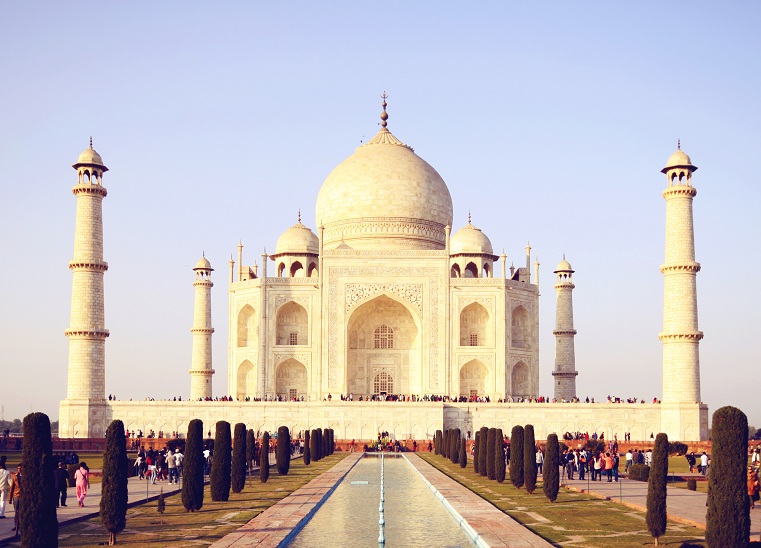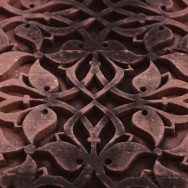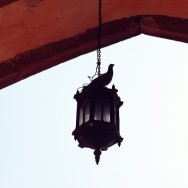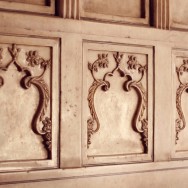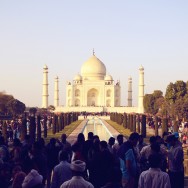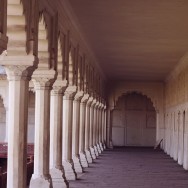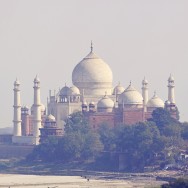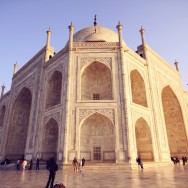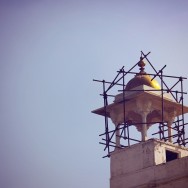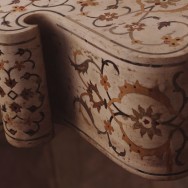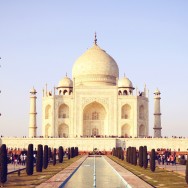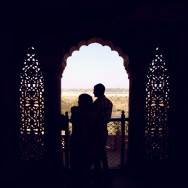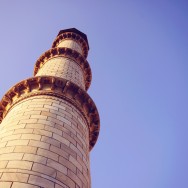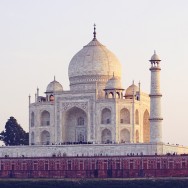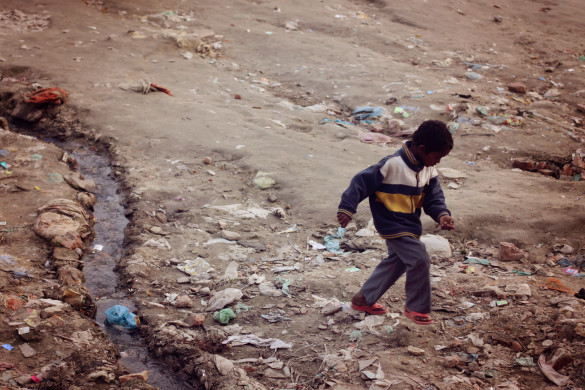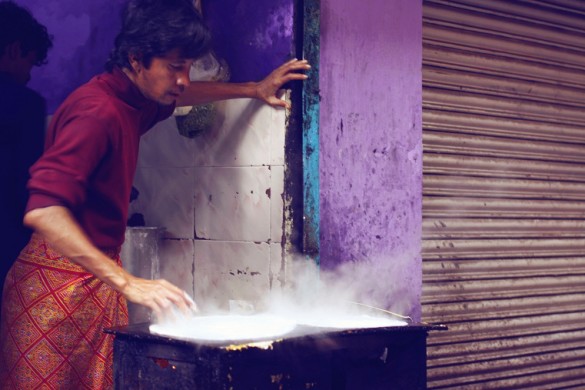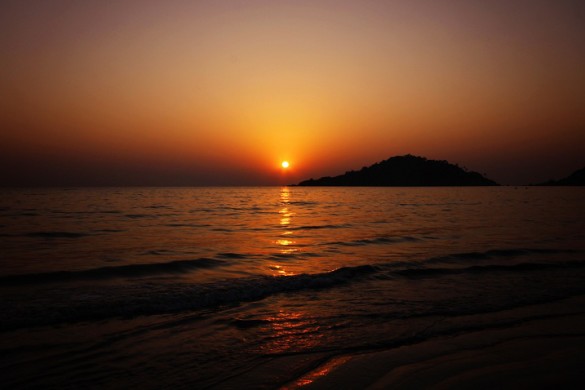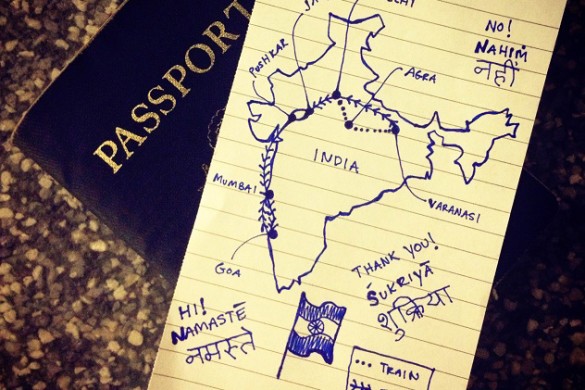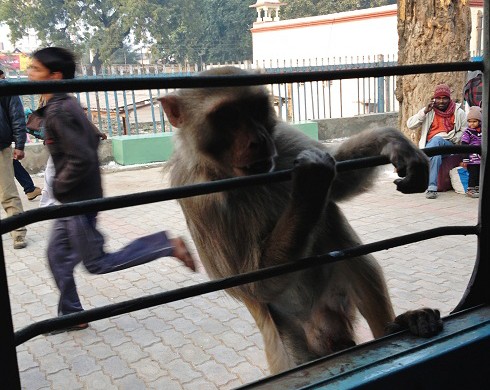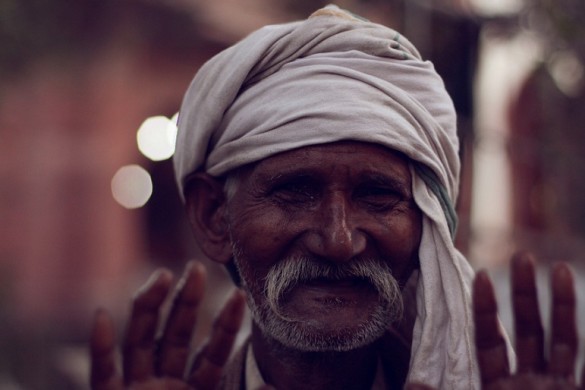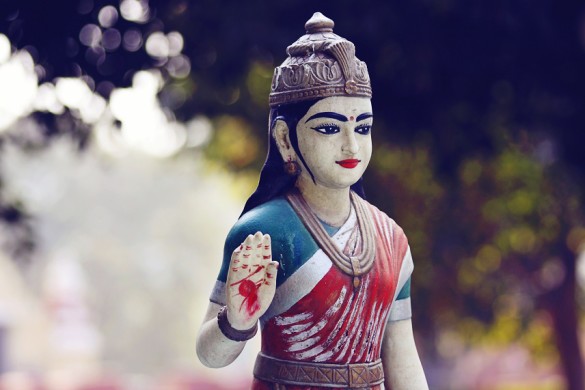I don’t know about you, but when I think of the Taj Mahal, my mind conjures up images of Persian princes, magic genies, and flying carpets. I can pretty much hear A Whole New World blaring loud and clear. While a visit isn’t quite like fulfilling your Aladdin dreams, the Taj itself it pretty impressive, if I may say so. Standing there, looking up at this magnificent structure, I could practically wipe the drool from my chin; it’s that f%$#ing amazing. Yep, I said it. It really is. Suddenly I wanted to retract my statement about turning me into ashes and calling it good. Nope, not anymore. I want the whole nine yards: minarets, marble, fountains, you name it – something you can see from miles away. Better start saving those precious pennies, Misch – wink, wink!
Sadly, due to it’s ever increasing popularity, The Taj Mahal and Disneyland are one in the same. Crowds of people, crying children, and long lines. Oh, and here’s a fun little fact for you: the entry for Indians is 20 rupees, which is equivalent to about 25 cents; the charge for foreigners is 750 rupees, which is close to $15. Hmmm. Don’t get me wrong. I’m totally for charging us a little extra, but $14.50!?! Seems like a racket to me, but then again, maybe that’s just good business. After all, they do receive an estimated two-three million visitors per year. As they said in Field of Dreams, “If you build it, they will come”, and clearly that’s the case, whatever the cost.
The Taj was built by Mughal emperor Shah Jahan in memory of his third wife, Mumtaz Mahal, who died giving birth to their fourteenth child. Construction began in 1632 and the main mausoleum was completed in 1648, but it took an additional five years to complete the surrounding buildings and garden. It is said that the price tag was over thirty-two million rupees during that time, and over one-thousand elephants were used to transport the materials, which came from all over India, and several neighboring countries.
Soon after completion, Shah Jahan was overthrown by his son, and placed on house arrest in Agra Fort (also amazing). Seeing as how his son had half a heart, he made sure his father’s quarters included a view of the Taj, so he could admire from afar. When he passed, he was buried inside the mausoleum, next to his wife.
Unfortunately for me, photographing this beast was a difficult task due to the crowds, smog, and areas off limits. I took what I could, and then placed me camera back in my bag, so I could enjoy the moment, and appreciate the opportunity to be in the presence of something so beautiful…

